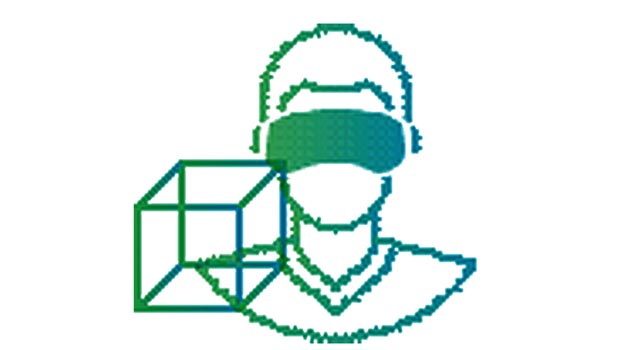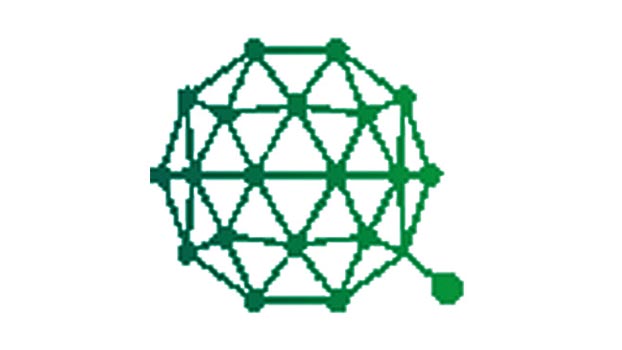Disruptive technologies are transforming the cyber security landscape on 2025

Tawhidur Rahman
Cybersecurity Futures 2025 rests on the foundational idea that if we can anticipate how cybersecurity challenges will evolve and understand how governments, firms, and societies in different parts of the world think about those challenges, we can better position decision-makers to reduce detrimental frictions and seize opportunities for cooperation. By tapping into a broadly felt sense that current policy and strategy frameworks in cybersecurity are inadequate and becoming more so, Cybersecurity Futures 2025 seeks to provide a roadmap for new high-level concepts and strategies that drive operational and tactical adaptation in the future.
In this digital savvy world, what could be the most daunting nightmare of a technophile? Cyber-crime, evidently! Yes, online privacy and data breaches can shoot nervous breakdown of a tech-geek. And the way to ride out this issue is efficient cyber security, for sure! The nexus of techniques and tools to protect computer networks, programs, and data from illegitimate access or attacks is termed as cyber security.
With an influx of prevailing disruptive technologies such as artificial intelligence (AI), machine learning, and IoT, cyber security has attained yet another height of confidence in digital space. Rather than being a damage controller, it has become a prioritized commercial investment for a number of businesses. Organizations dealing in IT technologies in any form are enforcing artificial intelligence in the very security surface for enriched outcomes.
Observing the recent developments in AI, we can say that it can bring something great to the table. The technology has driven smart autonomous security systems which are able to learn themselves. Exploiting the flavors of machine learning and apt AI software, drawing the parallels alongside big data has become simpler. For a fact, AI algorithms are valuable for recognizing oddities from regular arrangements. The combination of cyber security and AI provides the path in creating a guideline of what is normal and what’s going wrong with the pattern. Other than this, AI with its supervised algorithms is capable of detecting threats on which they have been trained.
Advancements of such technologies in reference to global cyber security trends have played the role of market drivers as well.
Some of the major market players who have leveraged AI/ML for cyber defense are contributing significantly to the global plethora of cyber security. These tycoons are definitely setting the cyber security market stats to new bars. A recent report projects the cyber security market to be around $245 billion by 2023 globally.
In the next couple of years, the market size of cyber security is expected to show a positive acceleration in India as well. The country is amongst the fastest growing region for the cyber-companies and technologies which lures a hefty investment overall. India is undoubtedly well-geared in taking possible measures in securing networks across cyber space.
Widening the lenses, if we zoom into region-wise shielding for cyber-attacks, the US followed by Israel and Russia leads the strive for network security. The urge to survive in the rush of cyber-crimes has prepared these countries in the best way possible to discover and protect cyber threats. Canada, UK, Malaysia, China, France, Sweden, and Estonia are stationed next to them in curbing malware infections.
Cyber risk possesses a serious threat to a nation affecting the government, economic, organizational and citizen’s affair. Enterprises across the globe are emerging as countermeasure sheriffs for cyber-attacks. Understanding the certitude of network threats, cyber security is no longer a national affair, rather it has emerged out as an international concern where every commercial, non-commercial, governmental or non-governmental entity needs to adopt disruptive technologies to outperform profanity of malicious maneuver.
10 technologies that will transform the global economy by 2025
With so many technologies emerging on so many fronts, it’s a challenge to keep up. Every advance is billed as “the next big thing.” 10 technologies that will lead the fourth industrial revolution. As the Institute notes, “Not every emerging technology will alter the business or social landscape – but some truly do have the potential to disrupt the status quo, alter the way people live and work, and rearrange value pools.”
1. Mobile Internet
Interfaces, formats, sensors and apps will evolve as mobile computing devices dominate internet connectivity. By 2025, mobile connectivity could be accessed by an additional 4.3 billion people.

2. Artificial Intelligence
Machine learning and user interfaces such as speech and gesture recognition technology will advance to increase productivity or eliminate some knowledge work altogether.

3. Virtual and augmented reality
Goldman Sachs is betting on the virtual and augmented reality industry to become an $80 billion market by 2025 – it’s around $7 billion right now. Major upgrades will come to technology infrastructure and an ecosystem of apps will form for consumers and enterprises alike.

4. Cloud technology
One of the biggest buzzwords of the last decade will continue to impact the next. Nearly all IT services and web apps could be delivered through the cloud with more enterprises using the public cloud as cyber security improves.

5. Internet of Things
More than 9 billion devices are currently connected to the internet – that number is estimated to grow between 50 billion to nearly 1 trillion in the next decade. Organizations will face monitoring and securing products, systems, devices and even people.

6. Advanced robotics
Advances in artificial intelligence, machine vision, sensors, motors, hydraulics and materials will change the way products and services are delivered. A surge in tech talent for building, operating and maintaining advanced robots will occur.

7. Biometric technology
A recent survey of security professionals revealed that 72 percent of companies are planning to drop traditional passwords by 2025. This will give rise to new authorization services for face, voice, eye, hand and signature identification.

8. 3D printing
3D printing could enable unprecedented levels of mass customization and dramatically reduce the cost of supply chains generating an estimated economic impact of $230 to $550 billion annually by 2025.

9. Genomics
Genetic engineering technology will grow with faster computer processing speeds. DNA sequencing technologies and advanced analytics will improve agricultural production, reduce reliance on fossil fuels and extend human life expectancy.

10. Blockchain
Blockchain is best known in the context of virtual currency Bitcoin, but a recent report showed 64 different use cases of blockchain across 200 companies. Streamlined, secure contracting and transacting will drive commercial use.

Wildcard: Quantum computing
The application and adoption of quantum computing is unclear, but the technology is moving beyond the hype. Google’s Quantum AI Laboratory predicts that small quantum technologies will be commercially available in five years and will help businesses increase revenue, reduce costs and lower investments in infrastructure.

Using Real-time Analytics and Predictive Analytics cyber analysts predict and dodge the potentials of interruption and measure network vulnerabilities and risks. This makes Real-time Analytics and Predictive Analytics an excellent idea to help escape cybercrimes. Cyberattacks and cybercrimes have prompted the world to come up with innovative ways to combat these forces. Other emerging technologies as a part of upcoming cybersecurity toolkit are taking center stage such as Edge Computing, Quantum-computing, hypervisors, anti-malware detection systems, etc.
Tawhidur Rahman is a security professional with over 12 years of experience in Cyber security consultancy, Digital forensic, Framework Design, Policy Making, project development and execution, integration of various technologies, lawful interception system, Telecommunication network interrogation & active tracking system, command control and communication, critical infrastructure security, tactical & intelligence solutions etc. He has 56 Global vendor certificates like C|CISO, CEH, ITILFV3, ISO/IEC 27001 LA, COBIT 5, CLPTP, CCTA, CFIP, CCIP, Counterintelligence, OSINT…. etc.



